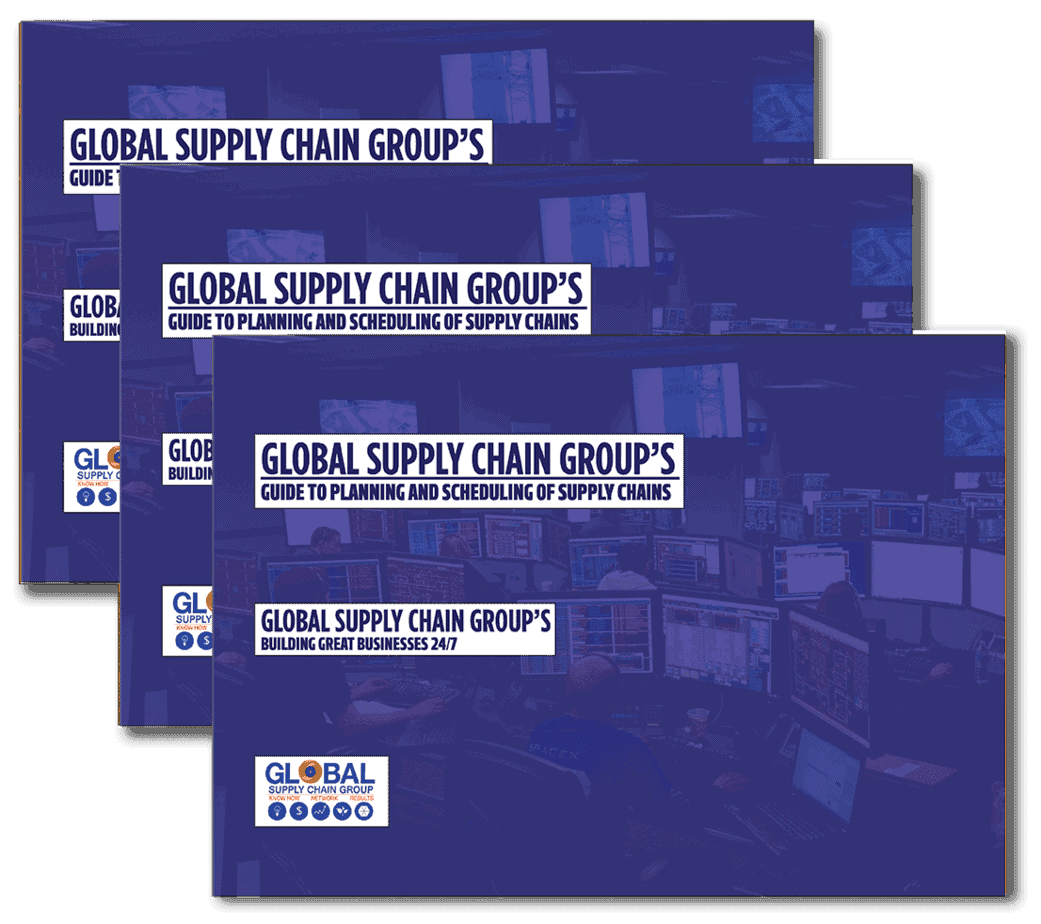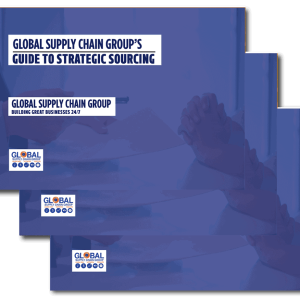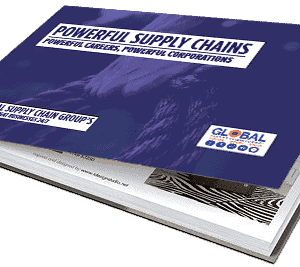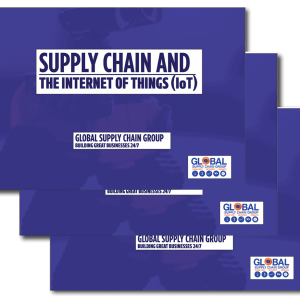Description
Global Supply Chain Group’s Guide to Planning and Scheduling of Supply Chains
Global supply chains can be run from anywhere on the planet now
The field of supply chain management (SCM) is continuing to attract a large number of young graduates – especially in India, China and other developing countries. The amount of training requests we get from these geographies is far outstripping the demand from developed nations. The reason is that SCM Planning and scheduling can be done anywhere. The work need not be done in the corporate HQ in Australia, NZ, Europe or North America anymore.
Outdated supply chain planning and control knowledge is now exposed quickly
Faking it does not cut it any more. You have to learn the processes in-depth today. Boards and executives are more alert to the symptoms of poor planning and scheduling. Literature is available outlining the consequences and symptoms of lack of planning or poor planning.
Today, there is no excuse
Five years ago it was possible to get away with poor SCM planning and scheduling. The supply chain knowledge base among the board of directors and the senior executive team was relatively unenlightened. Supply chain digitisation was still catching up with the Information Technology power that was available. Planning and scheduling decision support tools were still archaic and overpromising. SaaS was still treated as a suspect. Supply chain planning skills and training was still either unavailable or archaic.
Now, sophisticated supply chain professionals get the best information
Supply chain aspirants, analysts, managers, directors and Vice-Presidents can use Global Supply Chain Group’s Guide to Planning and Scheduling of Supply Chains to enhance the knowledge base within their companies. Even the senior executive teams and board of directors can use the material in this guide to enhance their knowledge base about the core of supply chain planning and scheduling.
Use Global Supply Chain Group’s Guide to planning and Control
It contains full detail of Supply Chain planning and scheduling processes along with examples from a variety of industries and Supply Chain models. You will be able to learn, adapt and adopt one of these supply chain planning and control processes for your situation and company.
First things first
Your customers’ needs and your business strategy is paramount. You must align the supply chain planning processes with your business strategy and supply chain strategy first, and then design a planning and scheduling process for your business. Finally, you can look for a planning tool that fits the streamlined supply chain process.
A better fit
Align the Supply Chain planning and scheduling processes with your business circumstances – a better fit will reduce the noise in the system, increase smooth running of your production and its fit with procurement, sales and logistics. This will enable you to reduce pressure on the business and people, and reduce last-minute scramble to meet the quarterly budgets every time.
cut the wastage and reduce costs
Choosing the right supply chain model for your business will help cut the wastage of machine time, of manpower, and wastage of materials. Waste is endemic in supply chains. Eight kinds of wastes are frequently cited by lean specialists. All eight can be cut by better supply chain planning and scheduling. This should bring back your inventories back in control.
increase throughput and increase profits
Besides reducing costs, you can also increase the throughput of the same investment, and hence increase profits even further.
Reduce confusion and increase the credibility
When you run a tight ship, plan the work – and work the plan, you increase the predictability of supply chain and the credibility of your company with all its stakeholders.
Objective information without any bias towards any IT tools used for supply chain planning
Authoritative source of information on complete supply chain planning and scheduling are rare. Some of them are incomplete because they come from old school inventory planning or production planning protocols. Others are biased because they come from vendors who also want to sell you their IT tools for parts of supply chain planning or scheduling. In our experience, some of the information is not just outdated, but also plain wrong.
This guide comes from the team that has made supply chain its mission for over two decades. Use it to clear the confusion. Learn practical supply chain planning based on solid project experience. Supply chain processes are too important to continue to experiment and learn from people who are not in the practical operations and supply chain work.
well functioning supply chain processes are magical
The stress disappears as you can be sure that you are optimising the productivity of each line, each machine, each shift, each warehouse, each truck, and every other part of the supply chain. Bottlenecks gradually melt away.
Things start moving in synchronisation.
Potential problems are identified in advance and steps are taken to handle them prior to the problem becoming a reality. shortages disappear, as just enough material is ordered in time.
Shifts are arranged in sync too – no last-minute scramble to put an extra shift, or stand down an idle shift. inputs are available when and where needed.
Products are produced in the right quantity and quality at the right place. machines are fully occupied. wastage is minimised.
Now compare this situation with what is the reality in most companies even today
Material shortages, and excess at the same time because wrong material was ordered, and too late, and it was delivered wrong too. Machine time, production capacity, storage capacity and transportation capacity is regularly wasted. The output is not available where needed and when needed.
The company is not able to predict and adhere to delivery times
There are frequent and shifting bottlenecks. There is an extraordinary amount of friction and anxiety due to stress. Wastages of money and resources are rampant. Overall performance is underwhelming. Most customers are generally unhappy due to one reason or the other, and the staff blame the customers for their demanding nature. Competitors are regularly stealing away customers and profits. Falling market share even if the product is of superior design, because the customers might be unhappy due to poor service and lack of visibility of the delivery window.
Good supply chain planning is the baseline starting point for a happy customer
As you cut out the waste and reduce costs, make and keep the delivery promise at a reasonable price, happy customers get what they want when they want it, and where they want it. Profitability boost leads to happy senior management and a delighted CFO.
Once you start making budgets every quarter there is less stress due to smooth operations. Minimum wastage of material, capacity or human power leads to cost optimisation. Few, if any, bottlenecks grow the throughput to the maximum. Increasing market share due to customers flocking to you from your competitors, even if the product design is not as good as the competitors.
The first supply chain management project in the world – how ‘supply chain’ was invented to take care of exactly these same problems:
We related this story in our book – UNCHAIN YOUR CORPORATION – when we talk about how one of our senior partners was deeply engaged in the first supply chain management project in the world.
The company was on a cliff-hanger, and many people were barely hanging on to their sanity. The board was worried because profits were plummeting, delivery deadlines were being missed, bottlenecks and resentment were skyrocketing, and things were out of control. On top of it, the work-in-progress inventory was growing like a foetus that was just growing faster than its mother’s womb could handle.
At one point, the CEO thought what else could he do besides getting out there, and carrying messages from one department to another, or using his own vehicle to transport whatever was left out by logistics or even asking his acquaintances to store bits of inventories in their redundant storage places scattered across Europe. But luckily, before any of this irrational thinking took over, someone offered his company a helping hand. You can read the rest of the story at the start of this article – here.
If you want still more information on this report before you make a decision on whether to buy it or not – click here…





Reviews
There are no reviews yet.